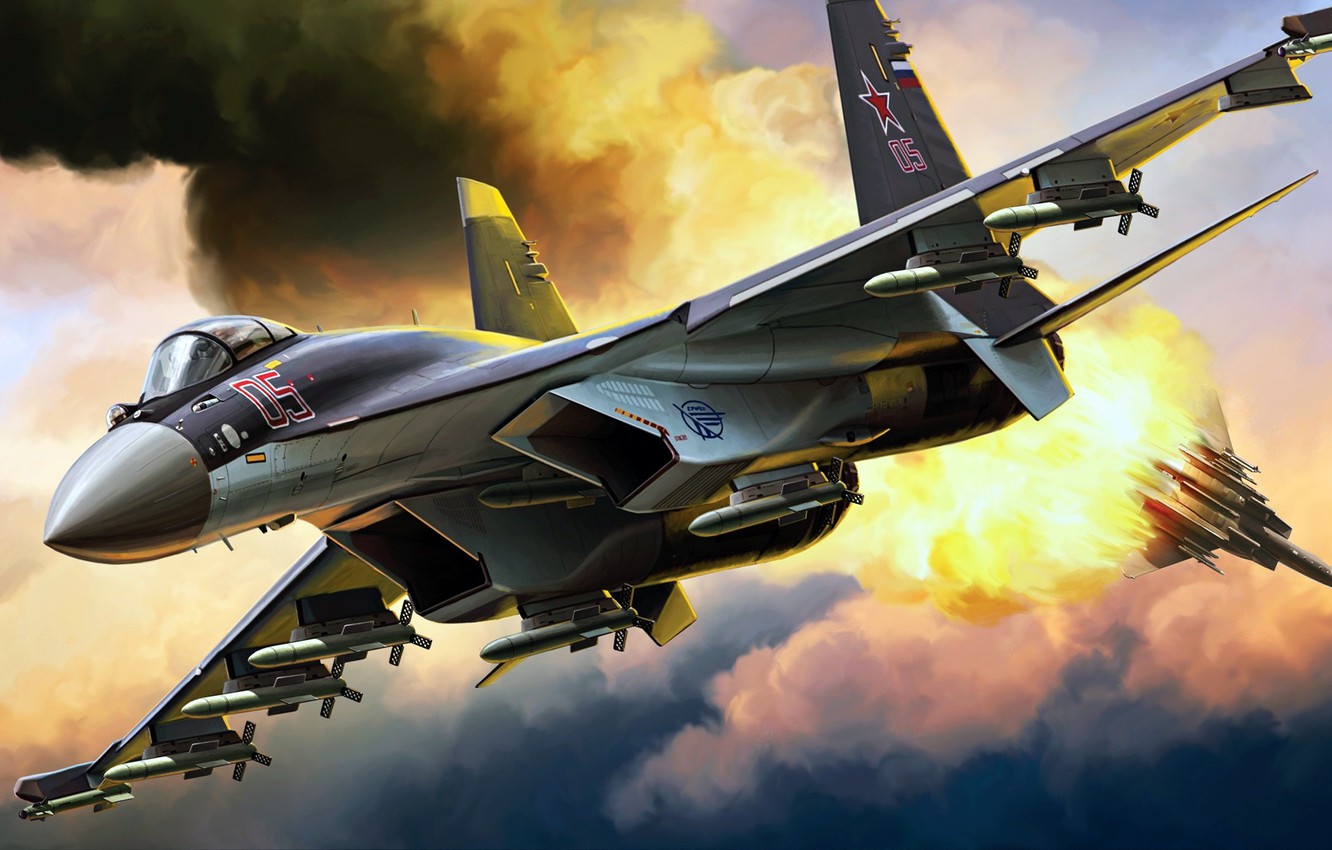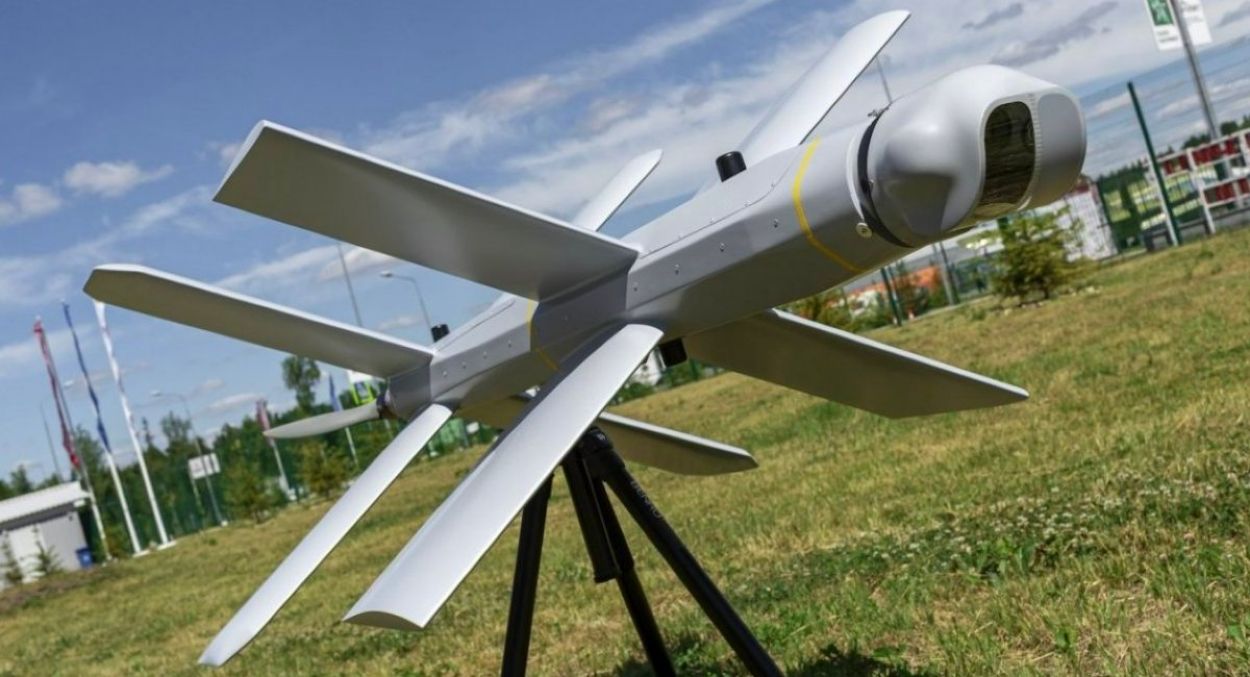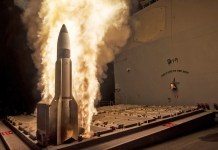Ukrainian forces have been relentlessly probing Russian defenses, particularly in the Zaporizhzhia sector, for over a week now, with armor-backed infantry columns.
After 19 Years, US Revives Cold-War Era Military Drills; Dumps Live Wargames With Taiwan To Keep China Guessing
Ukrainian probes, aimed at breaching Russian forces, had steadily increased in size and ferocity since June 4, when they first started.
Over the past two days, Ukraine has thrown its best high mobility warfare weapon systems acquired from the West – Leopard-2 tanks, Bradley IFV – into its effort to breach the Russian front lines.
It is too early to talk about the outcome of the Ukrainian counteroffensive, which Ukraine is yet to concede has started!
However, from geolocated footage of the battlefield, it is evident that Russian forces have managed to prevent a serious breach of their frontline. Also, Ukrainian troops have sustained significant losses of armor and infantry.
It is also evident, particularly from the footage released by the Russian Ministry of Defense (RuMoD) and other Russian sources, that air power plays a significant role in the ongoing battles between the adversaries.
Russia is finally tellingly using its air power. More interestingly, Russia is using conventional air power as well as new-age air power. We will see how in the subsequent paragraphs.
Traditional Air Power
Russia effectively uses two essential elements of traditional air power – air dominance and attack helicopters – to thwart Ukrainian attempts to breach Russian lines.
Air Dominance
After compacting its line of contact with Ukrainian forces in the Fall of 2022, Russia has leveraged the overwhelming superiority of its fighter aircraft and integrated air defense systems (IADS) to achieve complete air dominance over the battlefront.
Russian Aerospace Force (RuAF) flies air dominance patrols 24×7 over the battlefront to ensure that Ukrainian fighters and attack helicopters cannot degrade Russian forces.
Effectively, Russia enforces a no-fly zone for the Ukrainian Air Force, running along the battlefront, extending up to 50 km behind the Ukrainian front lines.

Attack Helicopters
Within the no-fly zone, Russian attack helicopters and Su-25 ground support fighters can operate freely, provided they stay out of the range of Ukrainian MANPADS. Sometimes, Ukrainian troops manage to shoot down Russian Su-25 fighters and attack helicopters when they stray within range of Ukrainian MANPADs.
The Russian Ka-52 attack helicopter has frequently figured in the narrative about the ongoing clashes. A lot of footage has been posted on social media (SM) showing Russian Army Aviation Ka-52 helicopters engaging in advancing Ukrainian armored vehicles. (On one occasion, RuMoD inadvertently posted a video of Ka-52 helicopters mistakenly engaging static combine harvesters!)
Ka-52M
The Ka-52M is a variant of the Ka-52 “Alligator” helicopter that has been modernized based on the combat experience of Russian forces during the Syrian campaign. The Ka-52M features missile armament compatible with the missile armament of the newest Mi-28NM attack helicopter.
Both helicopters now support sensors and missiles that can engage targets over 10 km away, staying clear of adversary MANPAD range.
The Ka-52M’s weapon of choice appears to be the 9M127M Vikhr (Whirlwind)-1 missile system. The Vikhr is an air-launched anti-tank guided missile (ATGM) system. Each Ka-52 can carry 12 Vikhr transport and launch containers with ATGMs.
The 9M127-1 Vikhr-1 ATGM is a supersonic missile featuring laser guidance and a powerful tandem HEAT warhead weighing 12 kg. The missile can penetrate 1200mm of armor, allowing it to defeat all modern tanks, irrespective of where it strikes the tank. The Vikhr-1 missile can even target aerial targets moving up to 800 km/h.
The 10-km range of the Vikhr-1 is twice the range of the Stinger MANPADS.
Non-Traditional Air Power
Besides air dominance and attack helicopters, Russia is using non-traditional air power extensively to prevent a breach of its front lines.
Non-traditional air power comprises various types of drones and electronic warfare.
Drone warfare has undergone a rapid metamorphosis since the start of the conflict in Ukraine. In the past, drone warfare was primarily associated with attacks by medium altitude long endurance (MALE) drones during asymmetric warfare against adversaries with no air defense (AD) systems.
Within a few months of the start of the Ukrainian operations, it became evident that MALE attack drones have a very limited role to play when fighting a peer adversary with capable AD systems.
Russia launched its special military operation (SMO) in Ukraine in February 2022 without versatile drone inventory, drone operators, and mature drone employment tactics. During the initial stages of the SMO, operating deep within Ukrainian territory without air cover, Russian forces were mauled by Ukrainian MALE attack drones, such as the Bayraktar.

Only after Russian forces retreated behind a compacted and well-defended battlefront in East Ukraine during the Fall of 2022 did Russia develop and start to use a mature drone warfare strategy that, given Western sanctions, relied on local talent and manufacturing abilities.
Battlefield Management, Command & Control Systems
Russia then invested heavily in manufacturing affordable reconnaissance drones and a system to network them to achieve battlefield transparency to the extent that billions of dollars worth of US/NATO ISR assets, such as the RC-135, could not provide to Ukraine operating 24×7!
Russia now has reconnaissance drones over the entire length of the battlefield. Indeed, going by the number of Russian reconnaissance drones for nothing more serious than shooting battlefield videos, one could say Russia has deployed more drones than it needs!
More importantly, it has refined its Strelets-M Integrated Command and Communication System (ICCS) and the Andromeda-D battlefield management systems.
These networking systems allow drone operators and other soldiers to input enemy positions and targets on a digital map, facilitating fighter aircraft, kamikaze drones, or artillery with guided shells to engage the targets with minimal delay.
Affordable Technology
Thanks to the 24×7 deployment of battlefield drones, Russia is detecting all Ukrainian attempts to breach Russian defensive lines well in time and frustrating the attempts to a great extent through the use of effective but affordable battlefield technology, such as conventional and FPV kamikaze drones, and guided artillery shells.
Kamikaze Drones
Nothing succeeds like success goes the adage. Russia’s Lancet kamikaze drone is a stellar example.
Russia operationally tested the Lancet kamikaze drone in Syria along with the KUB-BLA. Russian forces’ first use of the Lancet drone during Ukrainian SMO was reported on July 21, 2022. The drone, which finds its target using a combination of SATNAV & optoelectronics and provides target engagement confirmation through a television communication channel, proved very effective.
The Lancet drone evolved rapidly following its introduction, with every iteration increasing in endurance, range, and warhead size. Lancet-1 has a takeoff weight of 5 kg, a payload weight of 1 kg, and an endurance of 30 mins.

The latest variant, Lancet-3, has a takeoff weight of 12 kg, a payload weight of 3 kg, and an endurance of up to 60 mins. The drone has a flight range of between 40 to 70 km and is claimed to be the first kamikaze drone in the world with the ability to accelerate to 300 kph while diving onto its aerial targets.
FPV Kamikaze Drones
In addition to conventional kamikaze drones that use SATNAV & optronics to navigate to the target area and identify the target, Russia has invested heavily in developing FPV drones, where the drone operator navigates to and engages the target using the view being streamed from a front-facing drone camera.
Piloting FPV drones is difficult and tiring but has a significant advantage – the drone is not affected by the SATNAV signal jamming in the target area.
While FPV drone flying is not easy, it can enable a drone operator with dexterity to engage targets that SATNAV and optoelectronics-controlled drones could not engage.
Kamikaze Drone Tactics
The tactics employed by Russia for use with attack drones have evolved. A new Russian kamikaze drone named Privet-82 represents a milestone. Conceptually, the drone is treated as ammunition that can be flown from a rear-positioned drone hub to a forward-located drone user unit. In proximity to the user unit, the drone is handed over to a local drone operator for target engagement.
A hub can send multiple drones to the forward unit for a coordinated attack if numerous operators are available. Terminal FPV piloting by the operator makes the drone, which has an operational range of 30 km & a warhead weighing 5.5 kg, immune to EW!
Guided Artillery
Ahead of the Ukrainian counteroffensive, Russia appears to have widely deployed laser-guided artillery shells along the battlefront. RuMoD has been routinely posting footage of Krasnopol shells fired from 152mm guns striking targets, even moving targets, with great precision.
Russian forces appear to be using drone-based laser marking to guide the shells. Russia recently announced that it had developed variants of Krasnopol guidance kits for use with mortar & air-launched rockets.
Conclusion
In the fall of 2022, Russian forces withdrew in the face of two Ukrainian counteroffensives because they were thinly stretched over a vast frontier, and their logistics sustenance was untenable due to a combination of geography and the introduction of the HIMARS MLRS.
Since then, Russia has compacted its line of contact with Ukrainian forces, taken up favorable defensive positions, and built on its manufacturing and technological strengths. More than anything, Russia has learned from its past mistakes and innovated in a manner the West may have thought it was incapable of doing.
- Vijainder K Thakur is a retired IAF Jaguar pilot. He is also an author, software architect, entrepreneur, and military analyst. VIEWS PERSONAL
- Follow the author @vkthakur





